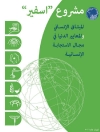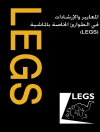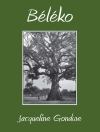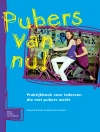The Art of Conversation is a major contribution to the
social history of language – a relatively new field which has
become the focus of lively interdisciplinary debate in recent
years.
Drawing on the work of sociolinguists and others, Burke uses
their concept while reserving the right to qualify their theories
where the historical record makes this seem appropriate. Like the
sociolinguists, Burke in concerned with the way language varies
according to who is communicating to whom, on what occasion, in
what medium and on what topic. Unlike many sociolinguists, Burke
adds a historical dimension, treating language as an inseparable
part of social history.
This approach is outlined and justified in the first chapter and
then exemplified in the remaining four, which deal with the early
modern period. Among the topics discussed are the changing role of
Latin, which is shown to be very much alive in the age of its
alleged decline; language and identity in Italy, a politically
divided region at the time but one where educated elites had a
common language; the art of conversation, in other words the advice
on speaking in polite company offered in hundreds of treaties of
the period; and silence, viewed as an act of communication with a
significance which changes over time and varies according to the
setting and the persons who are silent.
The Art of Conversation will be of great interest to
students and scholars in social and cultural history, linguistics,
the sociology of language and the ethnography of communication.
Tabella dei contenuti
Preface.
1. The Social History of Language.
2.’Heu Domine, Adsunt Turcae’: a Sketch for a Social History of
Post-Medieval Latin.
3. Language and Identity in Early Modern Italy.
4. The Art of Conversation in Early Modern Europe.
5.Notes for a Social History of Silence in Early Modern
Europe.
Bibliography.
Index.
Circa l’autore
Peter Burke is Reader in Cultural History at the University of Cambridge and Fellow of Emmanuel College.












